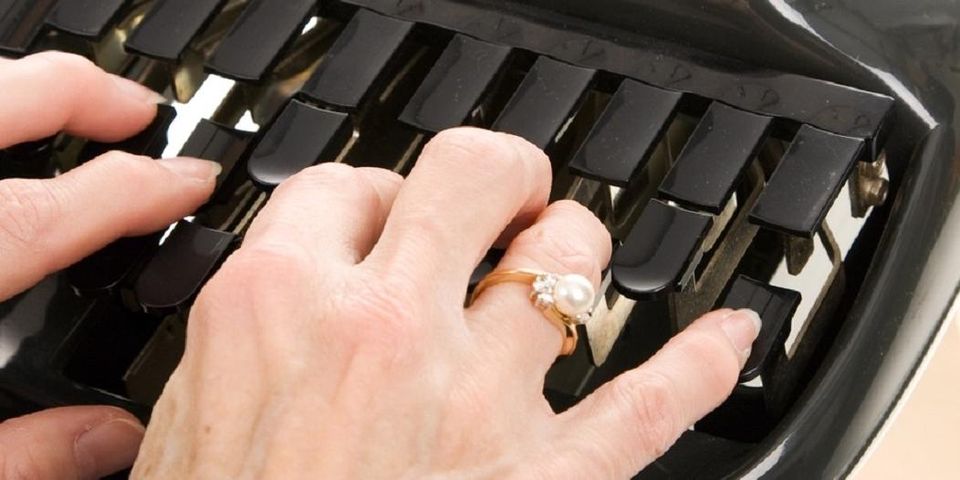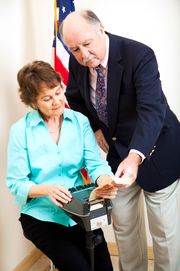Differences Between Stenographic & Real-Time Court Reporting

Court reporting offers a detailed transcription of what’s said during trials, hearings, depositions, and other legal proceedings. There are two main types of court reporting: stenographic and real-time. While both allow the reporter to transcribe spoken words into text, they each provide unique benefits. Here are the differences between stenography and real-time reporting.
Stenography
A stenotype machine contains a special keyboard that lets the court reporter press several keys at once to record word and sound combinations. This results in a shorthand transcript of the words spoken in a legal proceeding, which the stenotype immediately translates into longhand and everyday language.
 Stenography only captures the conversations the stenographer has been charged with documenting, unencumbered by chatter and background noise. It also allows the reporter to read back portions of the transcript on demand, and testimonies are accurately captured and ready to enter into the official record once it’s documented.
Stenography only captures the conversations the stenographer has been charged with documenting, unencumbered by chatter and background noise. It also allows the reporter to read back portions of the transcript on demand, and testimonies are accurately captured and ready to enter into the official record once it’s documented.
Real-Time
Real-time court reporting marries the dependable approach of traditional stenography with the benefits of technology. Software instantly translates the reporter’s shorthand into plain English before sending it to the laptops of the present attorneys and judge. The transcript can also be sent to other legal professionals or litigants who are not present.
Attorneys can flag certain parts of the transcript immediately, such as areas that need clarification or testimony they want to revisit with a litigant at a later date. Instead of stopping proceedings to recite portions of the record, people with access to the real-time stream can simply scroll to earlier points in the text.
Ralph Rosenberg-Court Reporters in Honolulu, HI, offers both stenographic and real-time court reporting. Their staff includes 20 certified deposition and arbitration court reporters who have at least 15 years of industry experience. To reserve a court reporter, visit their website or call (808) 524-2090.
About the Business
Have a question? Ask the experts!
Send your question

